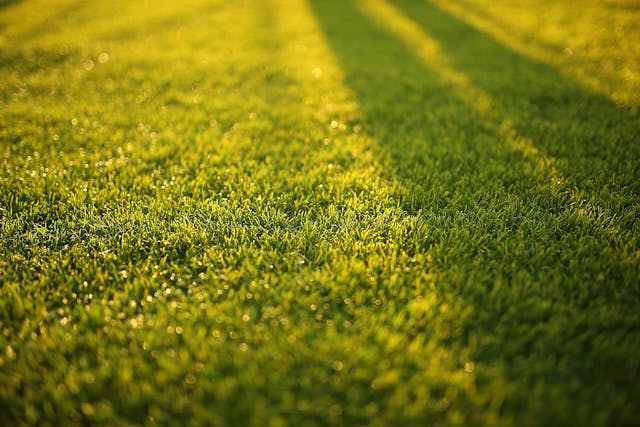
Basically, no-maintenance landscapes are highly useful to those who wish to have a good-looking lawn without the need for regular tending. The selection of plants, using appropriate materials, and decision-making in designing this garden would reduce the amount of time and energy that is needed to maintain your garden. Below are the considerations when planning a low-maintenance landscape, so that you may easily get a beautiful yard without much effort.
Selected Drought-Resilient Plants
Drought-tolerant plants are those that may be used on a lawn and don’t require a lot of water after they’re established. Such plants do not require frequent watering; hence, they will suit areas that are restricted in water or areas that receive little rainfall. Another advantage is that the selection of native species should be done since plants of this type are suited to current soil types and climates. Some plants that require little or no attention during the colder months include succulents, ornamental grasses, and hardy perennials since they will continue to bloom throughout the year.
Use Mulch Effectively
Organic mulch is also very important in reducing maintenance work since it prevents weeds, conserves water and enhances the quality of the soil. Apparently, their use of a layer of mulch around plants also provides a water reserve and curtails weed growth, hence the need to weed or water plants very often. Another type of mulch is organic mulch, for instance, wood chips, since they gradually decompose and add nutrients to the soil. If this doesn’t appeal to you, then it might be wiser to use rubber mulch or gravel, which would require replacement very often.
Implement Hardscaping Elements
Hardscaping design in the landscape can also minimize the time required in caring for the plants since hardscape components will substitute several factors. Additions like patios, pathways, and retaining walls, apart from having an aesthetic appeal, also do not take up much area for planting and maintaining. Using hard-wearing materials, including pavers, stones, or concrete, means one can achieve surfaces that can last for many years with little maintenance. This can also assist in defining spaces and overall garden space as well as being able to minimize the utilization of the garden area as well.
Choose from Low Maintenance Grass Types
These conventional lawns can be actively demanding as you would be required to mow, water, and apply fertilizer frequently. Reduction of these demands can be made by choosing grasses such as clovers or fescue to be planted on the lawn. Rough creeping thyme or mosses may also be used in place of grass if one must have a green feel without tackling and upkeep. These alternatives usually require less water and even fewer chemicals; hence, these technologies are eco-friendly. An alternative is artificial grass aesthetically pleasing, low mulching, and easy to maintain; for homeowners looking for options located in Oklahoma City, artificial grass in Oklahoma City gets rid of the necessity of mowing, watering, and application fertilizers in their entirety, which makes it quite appealing to people who prefer a more laid-back approach to lawn care but who still want the ersatz look of a well-maintained green space.
Design with Simplicity in Mind
When designing a landscape, there is always good practice to avoid cumbersome work through simplicity. No complicated structures, such as complex plantings and excessive, expansive lawns incorporated into the landscape. Rather, fresh air and as few plants as possible, no more curtains, and wider aisles are recommended. Psychologically it is wise to group plants according to their needs or availability of water and their light requirements. This first aspect also reduces strain in maintenance, while the second one ensures a neat, clean, aesthetically appealing, and harmonized outlook. An effective design done with the aim of staying as simple as possible also cuts out the need for frequent replanting and readjustments. Additional hardscape features such as paths, patios and retaining walls can also reduce maintenance still further by restricting lawn and planting beds.
Conclusion
Low-maintenance landscaping offers the best way to have a beautiful and efficient landscape without the need to invest extra time and money. Drought tolerance in plants, incorporation of hardscape, and use of low water-content grass will ensure that you create minimal water and time-consuming gardens. These strategies make it possible for the outdoor setting to appear and stay neat and orderly most of the time, leaving you with minimal work to do and more time to enjoy it.


